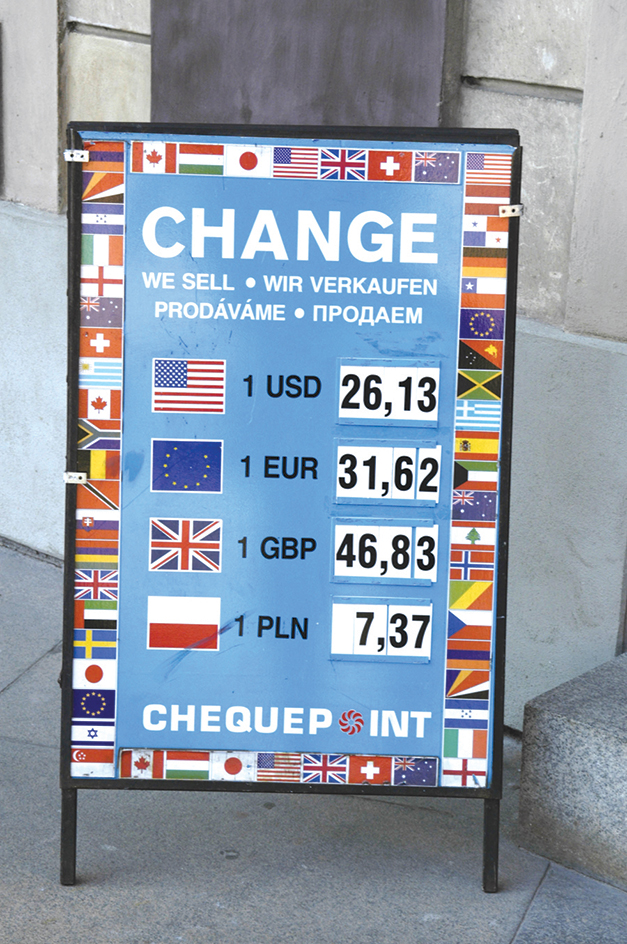Gold standard is the use of gold as the standard of value for the money of a country. A country is on the gold standard when it will redeem any of its money in gold and when it agrees to buy and sell gold at a fixed price. Advantages of following the gold standard are that it checks inflation, restrains government spending, and stabilizes currency exchange rates among countries that use it. The disadvantages are that it prevents necessary adjustments in domestic currency supplies and international exchange rates.

The United States and many other Western countries followed the gold standard or a form of it during the late 1800’s and early 1900’s. Since the 1930’s, gold has played an increasingly smaller role in world monetary systems. Over the years, the United States went off and on the gold standard several times before abandoning it in 1971. By the late 1970’s, gold played almost no role in national or international monetary systems. A small number of experts strongly favor a return to the gold standard. But most economists consider it unlikely that the United States or other countries will ever return to it.
